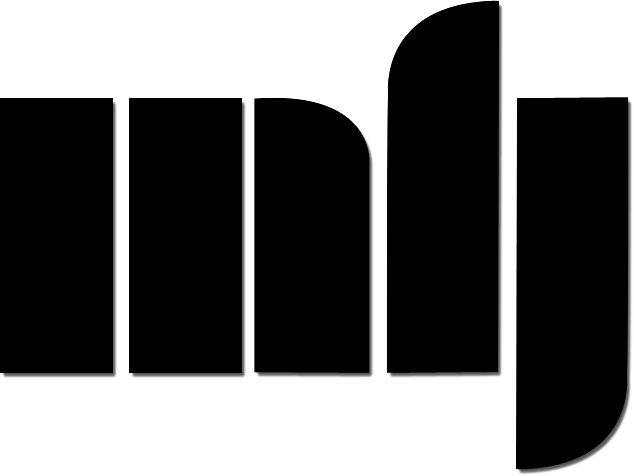Loading cart contents...
Supplements for Issue 76 "Worlds"
Here is a list of notes and supplements for pieces published in this issue, in the order content was published in the journal.
- “The letter from Stockholdm to Edward Suzuki,” Video Hiroba No 1 (Sept 1972), 11.
- Italo Calvino, Invisible Cities (New York: Harcourt Brace Jovanovich, 1978), 86-87.
- Author, in conversation with the artist, Fall 2021.
- Ibid.
- Author, in conversation with the artist, Fall 2021.
- W.J.T. Mitchell, Landscape and Power (Chicago: University of Chicago Press, 1994), 1.
- Ibid.
- This meeting, organized under the theme of regional, industrial, and economic cooperation, was aimed at strengthening multi-lateral relations between China and Pakistan, Iran, and Kazakhstan.
- It becomes clear that water is a recurring theme within Liu’s artistic practice. In addition to works such as A Beach, A Fantasy (2017), We have just thrown our bonus money into the Pacific (2017), and Initial Scene (2017), which all incorporate themes and imagery related to water, her 2017 video Wave records moments in which the ocean crashes into the shoreline, marking malleable boundaries between water and dry land.
- The 2019 science-fiction film Pathfinder (拓星者), directed by Zhang Xiaobei was shot in Xinjiang Province. It tells the story of survival after a space shuttle crash lands on a desert planet.
- Slavoj Žižek, in The Pervert’s Guide to Ideology, Film, directed by Sophie Fiennes (P Guide Productions, Zeitgeist Films, 2012).
- https://vimeo.com/520151785.
- Ibid.
- Ibid.
- Aurel Stein, Sand-Buried Ruins of Khotan (London: Hurst and Blackett, Ltd., 1904); Aurel Stein, Ancient Khotan: Detailed report of archaeological explorations in Chinese Turkestan (Oxford: Clarendon Press, 1907); Sven Hedin, My Life as an Explorer (New York: Garden City Publishing, Co, 1925).
- In a recent conversation with Liu, the artist explains that, with support of the Colonial Indian Exploration Agency, British Museum, and British Royal Geographical Society, among other institutions, Stein crossed the Pamirs and the Karakoram Pass from the British Indian Kashmir Region, entered Xinjiang from Kashgar, in order to conduct three important archeological surveys of parts of the Tarim Basin and Taklimakan Desert.
- Author, in conversation with the artist, Fall 2021.
- Jiang has told a story of personal experience that helps to explain what inspired Out of the Void: “A story that left a great impression on me was this blind little boy I saw on a bus stop, he was waiting for the bus with his family holding him. Later on the bus, I was paying attention to him, since he kept smiling all the way. I then noticed that there was a girl in front of him, and her pony tail hair was sweeping in front of his nose. I guess he must have detected some really special smell. I think when one of your senses were blocked, or missing such experience, there must be something special compensated to your other senses.” See interview by Li Qinqyue on the website of The Bunker. [url: https://www.thebunkerspace.com/068864975091]
- See Marshall McLuhan, Understanding Media: The Extensions of Man, 1964.
- Quoted from Pound’s essay ‘Date Lines’, published in Literary Essays of Ezra Pound, 1968. Jiang has also written the preface for the exhibition, which I think is an essential part: “A behemoth being strands off the future seashore, people call it “time.” Under the action of the sizzling sun and the air, time transforms quickly. Scanning the interior of time’s cavity, researchers found a roughly symmetrical and linear structure with a vaguely industrial sense, which again makes people question its abiotic nature. However, the current scanning speed cannot keep up with its changes, at a rate even faster than the time required for reflecting visible light. Therefore, the faulty scans are blurry that eventually become part of the content of “time’s” transformation, bearing witness to technical failures on paper.”
REVIEWS
- Lots of Telengut’s films are available on her website (http://alisitelengut.com/), where readers will also find plenty of information about her views and method.
- Alisi Telengut, interview with author, April 29, 2022.
- For more about Indigenous Mongolian cosmology, see: Sarangerel, Riding Windhorses: A Journey into the Heart of Mongolian Shamanism (Rochester, Vermont: Destiny Books, 2000); and: Sarangerel, Chosen by the Spirits: Following your Shamanic Calling (Rochester, Vermont: Destiny Books, 2001).
- I learned about the idea of dynamic and non-linear archiving from the Saugeen Takes on Film workshop (https://counterarchive.ca/saugeen-takes-film-open-house) organized by Adrian Kahgee, Debbie Ebanks Schlums, and Phil Hoffman. At this event, Saugeen First Nation artists made analog films which were then screened in collaboration with Archive/Counterarchive, The Film Farm, and The Fabulous Festival of Fringe Film. As the organizers write, their vision was “to explore – from an Indigenous perspective and using film as a tool – the idea of embodied and dynamic archiving with non-linear time.”
- For an in-depth account of Indigenous Mongolian hunting practice, and beliefs about time and more-than-human animals’ spirituality, see particularly Sarangerel’s Riding Windhorses.
- Telengut, interview with author.
- Telengut was very careful about how she harvested plants. In our interview, she says: “The plants were collected and harvested from local parks and woods in a small amount near the artist residencies where I was making the film”. Importantly, if done with care, plant harvesting is not automatically destructive. Conversely, small-scale and targeted harvesting can enhance ecologies and boost plants’ abilities to thrive.
- Giovanni Aloi, “Introduction: Why Look at Plants?”, in Why Look at Plants: The Botanical Emergence in Contemporary Art, ed. Giovanni Aloi (Leiden, Netherlands: Brill, 2020), 16.
1. Kelly Taxter, “The Camera Was Always Running: Exile and the Artist Jonas Mekas,” in Jonas Mekas: The Camera Was Always Running, edited by Inesa Brašiškė, Lukas Brasiskis, and Kelly Taxter (New Haven: Yale University Press, 2022), 31.
A continuation of Grahame Weinbren’s review can be read online here.
